TLDR
Pests and diseases commonly affecting roses include powdery mildew, rust and black spot caused by fungal pathogens, leading to white powdery coating on leaves, orange colored rust stains or dark spots with fringed edges, respectively. To treat these diseases, improve air circulation, remove infected plant parts, and apply fungicidal sprays containing sulfur or neem oil. Aphids, spider mites, and thrips are frequent pests, causing leaf distortion, stippling, and flower damage. Control aphids with water spray or insecticidal soap, manage spider mites with increased humidity and horticultural oils, and address thrips through sanitation and targeted insecticidal sprays. Integrated pest management practices, including regular monitoring and selective control methods, are essential for maintaining healthy roses in gardens.
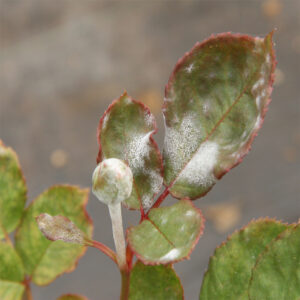
One of the most common diseases that affect roses is powdery mildew, caused by fungal pathogens such as Sphaerotheca pannosa or Podosphaera pannosa. Powdery mildew manifests as a white, powdery coating on leaves, stems, and buds, leading to distorted growth and reduced vigor. To treat powdery mildew, improve air circulation by pruning overcrowded branches and ensuring proper spacing between rose bushes. Remove and destroy infected plant parts promptly. Apply a fungicidal spray containing sulfur, potassium bicarbonate, or neem oil to control the spread of powdery mildew. Follow the instructions on the product label for the correct application rate and frequency.
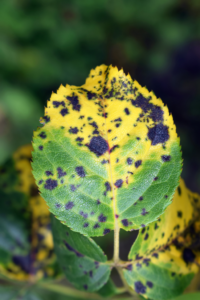
Another common disease is black spot, caused by the fungus Diplocarpon rosae. Black spot presents as dark, round spots with fringed edges on rose leaves, leading to leaf yellowing, defoliation, and weakened plants. To treat black spot, remove and dispose of infected leaves and debris. Water the plants at the base to avoid wetting the foliage. Apply a fungicidal spray containing chlorothalonil or copper-based compounds early in the season as a preventive measure. These sprays help control black spot during periods of warm, humid weather when the disease is most active.
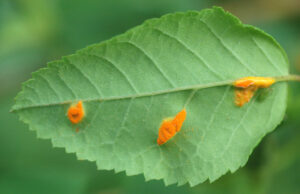
Rust disease on roses is caused by fungal pathogens like Phragmidium spp., manifesting as orange-red pustules on the undersides of leaves, leading to leaf yellowing, defoliation, and weakened plants. To treat rust disease, promptly remove and dispose of infected leaves and debris to reduce fungal spore spread. Improve air circulation by pruning overcrowded branches and ensuring proper spacing between rose bushes. Apply fungicidal sprays containing active ingredients such as sulfur, copper-based compounds, or neem oil to control rust. Follow the manufacturer’s instructions for application rates and frequency to effectively manage rust disease on roses.
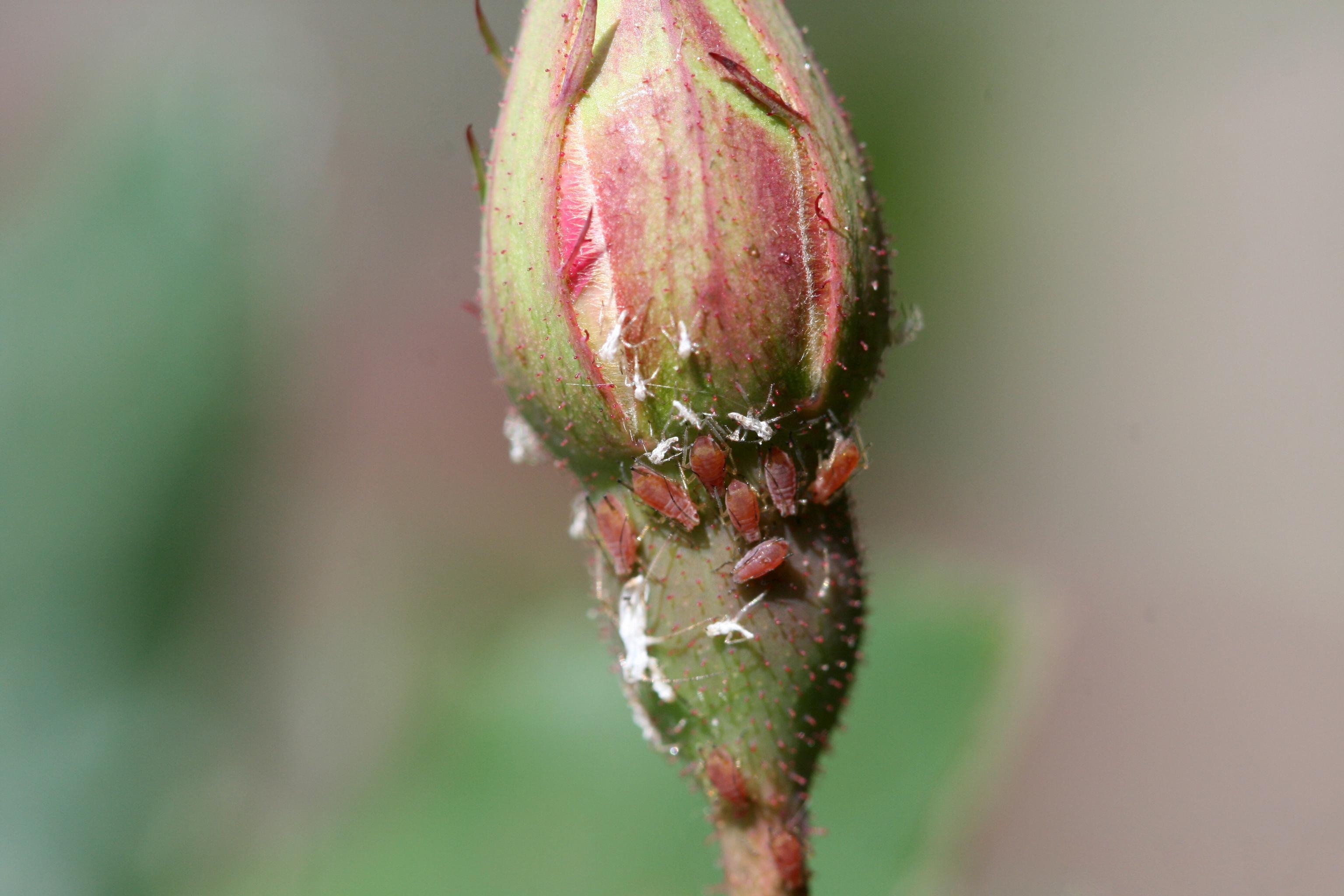
Aphids are among the most common pests that attack roses. These small, soft-bodied insects feed on plant sap and cause leaf curling, yellowing, and distorted growth. To control aphids, encourage natural predators like ladybugs, lacewings, and parasitic wasps by avoiding broad-spectrum insecticides. Use a strong stream of water to dislodge aphids from the rose bushes, focusing on the undersides of leaves where aphids often hide. Alternatively, apply insecticidal soap or neem oil spray directly to the affected areas, ensuring thorough coverage for effective treatment against aphids.
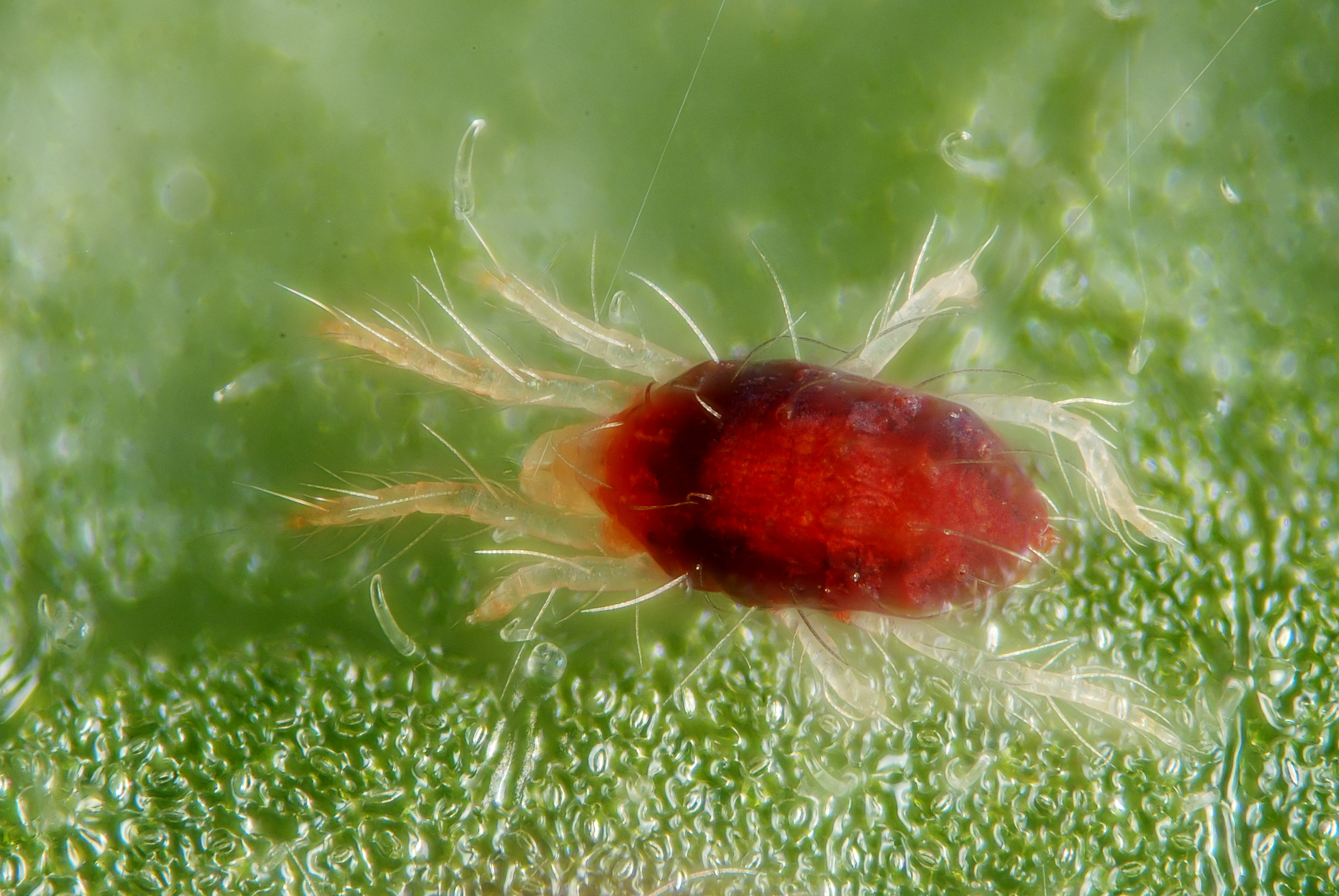
Spider mites are another troublesome pest for roses, particularly in hot, dry conditions. These tiny arachnids feed on plant juices and create webbing on leaves, causing stippling and discoloration. To manage spider mites, increase humidity around the rose bushes through mulching and regular watering. Prune and remove heavily infested plant parts. Use a strong stream of water to wash off spider mites from the foliage. Apply insecticidal soap, horticultural oil, or miticides containing sulfur or neem oil to control spider mites effectively.
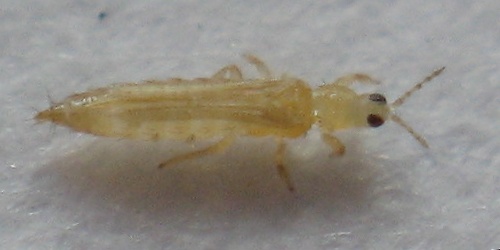
Thrips are slender insects that damage rose flowers by feeding on petals, leading to discoloration and distortion. To control thrips, remove and discard affected flowers and debris from around the rose bushes to reduce thrips populations. Apply insecticidal sprays containing pyrethrins or spinosad, targeting early morning or late evening when thrips are most active. Avoid using synthetic pesticides that can harm beneficial insects and opt for organic and selective control methods to protect the garden ecosystem.
Regular monitoring, proper sanitation, and integrated pest management practices are crucial for preventing and managing common diseases and pests of roses effectively. By promoting plant health, encouraging beneficial organisms, and using targeted control methods, you can maintain healthy and beautiful roses in your garden.